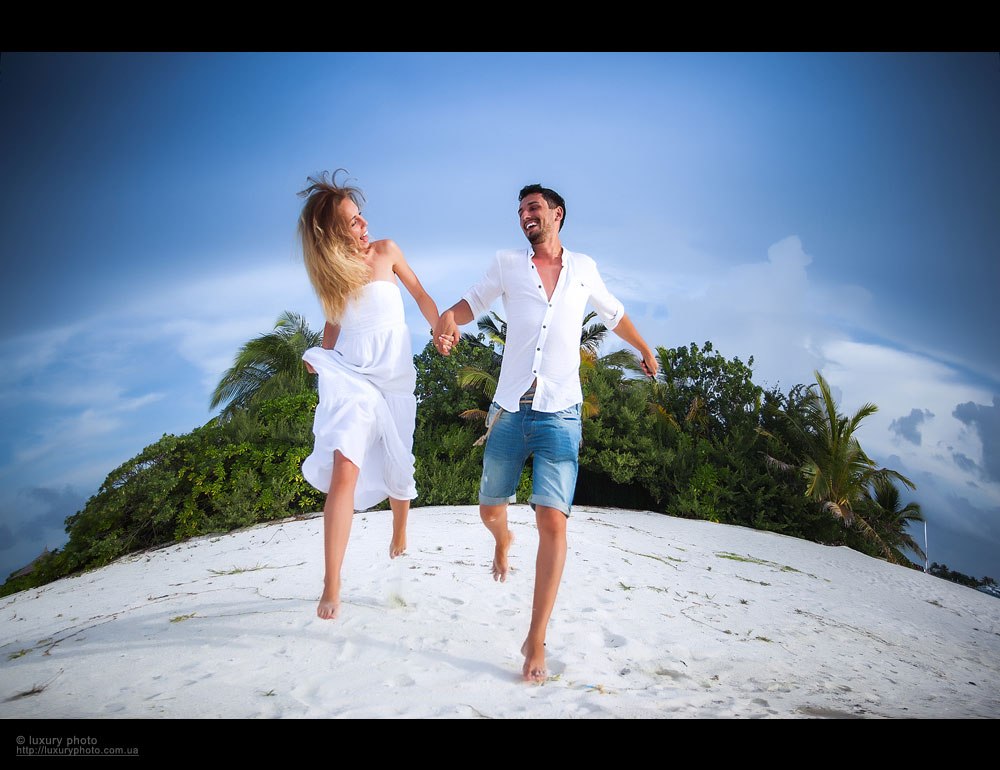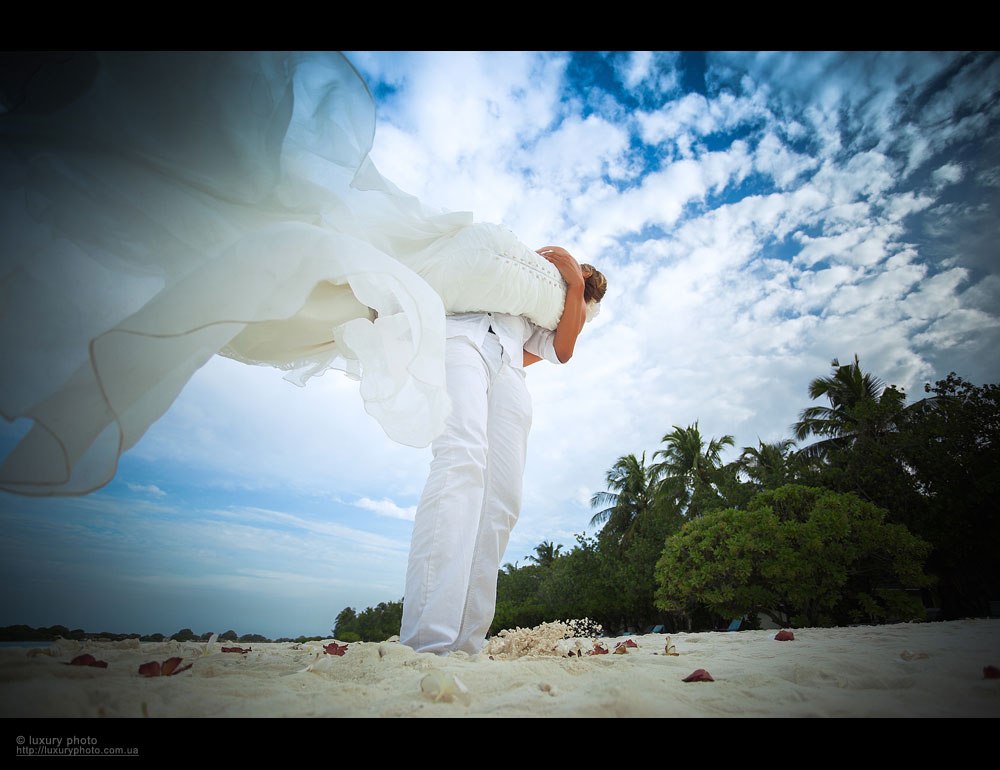S
SandyP
Guest
We all love it. For the most part, big blurred background, we're all "guilty" of doing it. And we always will be.
But find yourself flipping through the countless greatest image makers of all time, portraits, street, sport, fine art, and more, and the vast majority of it is with lots of depth of field (like f/5.6, f/8, f/11 and smaller like f/22).
Now, simply because one did things one way, doesn't mean we have to as well. BUT, I'm finding that it's a far greater challenge, and a far greater pay off, to KNOW WHEN to use small apertures and know when to use big ones.
Composition is far more difficult when you need to think about what is in the background and the foreground. If you can simply blur the background out completely then it hardly matters in most cases. And that's fine. As I said, I do this too. And in many cases it's very cool, and is pleasing for subject separation.
However, having said this, some of the greatest photographers of the past, AND of our present time, often use lots of depth of field. We NEED context in many photos.
This year, I have started to stop down far more often in many situations, to show more context. To gain more depth. To show MORE. It has made composition harder in many cases, but has also paid off.
Let's see your deeper depth of field portraits, group shots, candid moments, whatever. I'll dig out a few. Let's say.... f/5.6 or beyond.
This one was from last year, it's on medium format film, a photo of my girlfriend as we walked around, I was testing a new (at that time anyway) camera for me, the Mamiya 645.
This is f/16

kirsten at sunny f/16 by Sandy Phimester, on Flickr
But find yourself flipping through the countless greatest image makers of all time, portraits, street, sport, fine art, and more, and the vast majority of it is with lots of depth of field (like f/5.6, f/8, f/11 and smaller like f/22).
Now, simply because one did things one way, doesn't mean we have to as well. BUT, I'm finding that it's a far greater challenge, and a far greater pay off, to KNOW WHEN to use small apertures and know when to use big ones.
Composition is far more difficult when you need to think about what is in the background and the foreground. If you can simply blur the background out completely then it hardly matters in most cases. And that's fine. As I said, I do this too. And in many cases it's very cool, and is pleasing for subject separation.
However, having said this, some of the greatest photographers of the past, AND of our present time, often use lots of depth of field. We NEED context in many photos.
This year, I have started to stop down far more often in many situations, to show more context. To gain more depth. To show MORE. It has made composition harder in many cases, but has also paid off.
Let's see your deeper depth of field portraits, group shots, candid moments, whatever. I'll dig out a few. Let's say.... f/5.6 or beyond.
This one was from last year, it's on medium format film, a photo of my girlfriend as we walked around, I was testing a new (at that time anyway) camera for me, the Mamiya 645.
This is f/16

kirsten at sunny f/16 by Sandy Phimester, on Flickr






